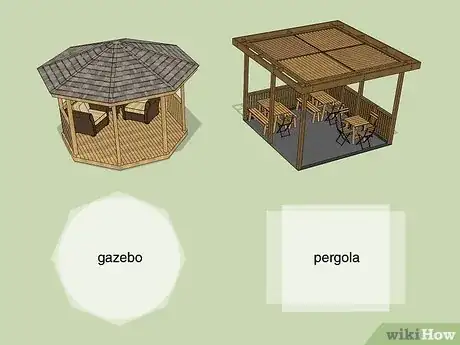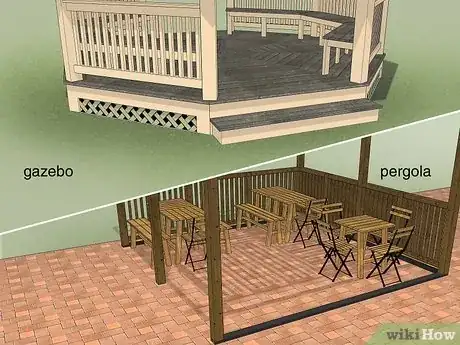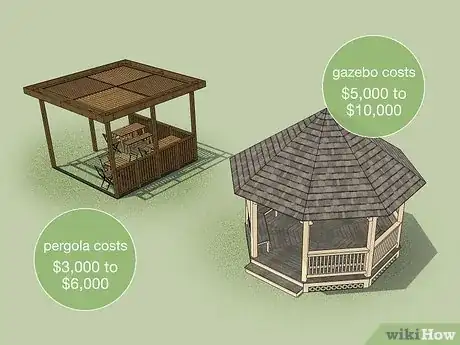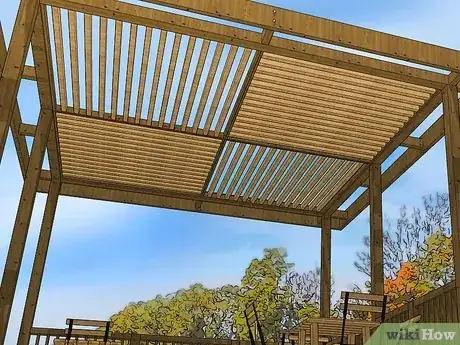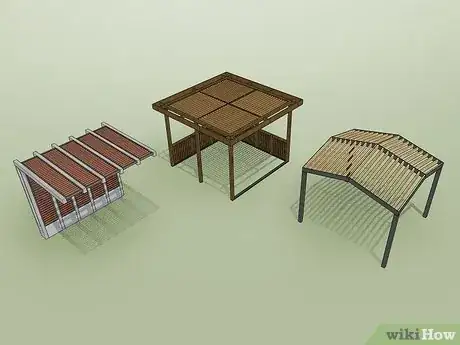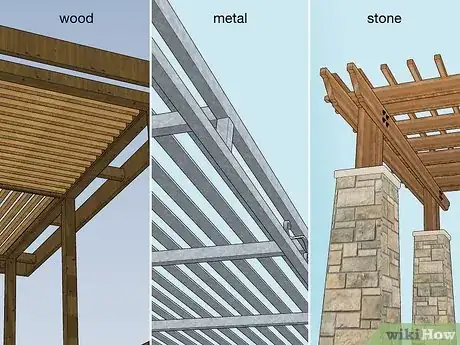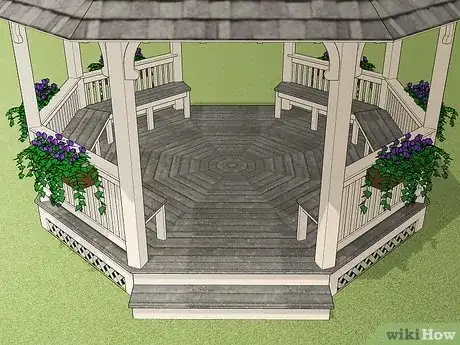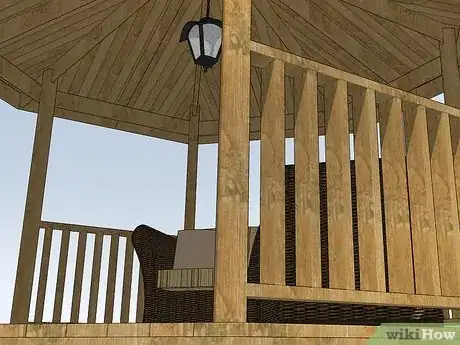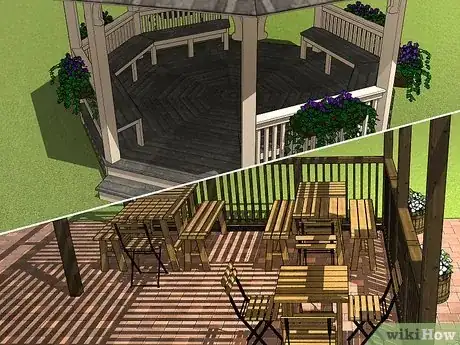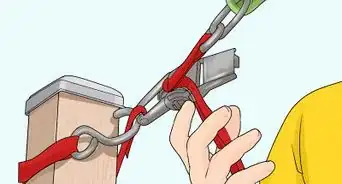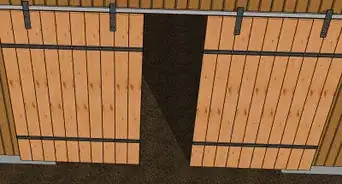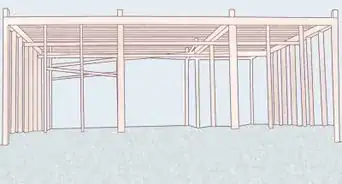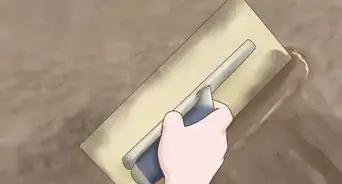This article was co-authored by Benjamin Hansen and by wikiHow staff writer, Devin McSween. Benjamin Hansen is a Landscape Contractor and the Owner of Artscape Gardens, a boutique landscaping company in Los Angeles, California. With over 12 years of experience, Benjamin specializes in transforming properties into aesthetic, functional, and drought-tolerant oases. Benjamin uses color scheme, dimension, and water conscious spaces to inspire the design and installation of soft scape, hardscape, patios, pathways, irrigation, drainage, fencing, concrete, lighting, and electrical work. Artscape Gardens covers all areas of the C-27 landscape contractor classification.
There are 7 references cited in this article, which can be found at the bottom of the page.
As the harsh sun beats down on you in your backyard, you might be looking for a pergola or gazebo to give you some refreshing shade. But are these 2 structures really that much different? Both pergolas and gazebos are stylish, shade-giving structures that add value to your home, but they do have important differences! In this article, we’ll go over how pergolas and gazebos differ to help you choose the right structure for your backyard. We’ll also tell you what each structure is good for and how they’re different from pavilions and arbors too!
Things You Should Know
- Pergolas have slatted roofs and open sides that let in light, while gazebos offer more shade with their covered roofs and enclosed sides.
- Pergolas are customizable and great for defining a living or dining space on your patio that you want to stay sunny and bright.
- Gazebos add a decorative centerpiece to your backyard, perfect for a more shaded and protected entertainment or relaxing space.
Steps
References
- ↑ https://www.globenewswire.com/en/news-release/2022/09/07/2512043/0/en/What-s-the-Difference-Between-a-Pergola-and-a-Gazebo-Experts-Explain.html
- ↑ https://www.penndutchstructures.com/blog/outdoor-shade-structures/
- ↑ https://www.globenewswire.com/en/news-release/2022/09/07/2512043/0/en/What-s-the-Difference-Between-a-Pergola-and-a-Gazebo-Experts-Explain.html
- ↑ https://www.aaronsoutdoor.com.au/the-difference-between-pergola-and-gazebo/
- ↑ https://www.fixr.com/comparisons/pergola-vs-gazebo
- ↑ https://www.penndutchstructures.com/blog/outdoor-shade-structures/
- ↑ https://arizonapergola.com/blog/gazebo-vs-pergola-know-the-difference/
- ↑ https://arizonapergola.com/blog/gazebo-vs-pergola-know-the-difference/
- ↑ https://kauffmanlawnfurniture.com/furniture-guide/pergola-vs-gazebo/

